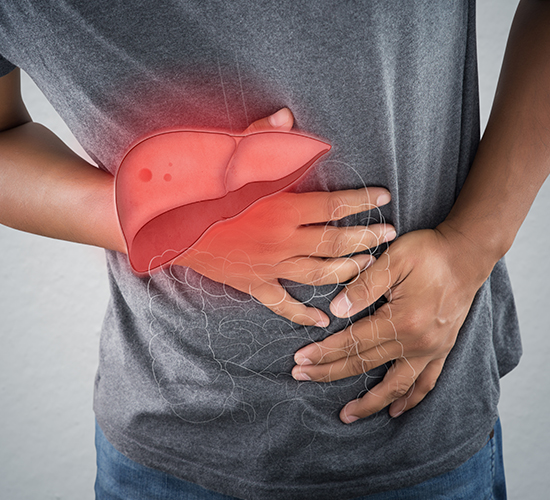Fighting Viral Hepatitis

Hepatitis continues to be largely ignored as a public health concern. Given the burden it puts on communities around the world: hepatitis B and C are among the most serious viral infections across the globe. Worldwide, an estimated 325 million people have hepatitis B or C infection. In 2015, viral hepatitis caused 1.34 million deaths, a figure equal to tuberculosis-related deaths and higher than HIV-related ones.[1]
With the availability of direct-acting antivirals (DAAs) that can now completely cure most carriers of hepatitis C (HCV) within 3–6 months, there is no need for the death toll to increase as predicted. Equally important for treatment, of course, is to avoid further spread of the virus that is tricky as one of the biggest obstacles to prevent the spread of hepatitis is that carriers may have no symptoms of hepatitis for decades.
Diagnosis & Treatment[2]
Hepatitis must be diagnosed before it can be treated. Symptoms of viral hepatitis often resemble flu; however, many carriers of HCV and hepatitis B (HBV) have no symptoms until the time when the damage to the liver becomes very serious. The following symptoms may apply to HCV or HBV carriers.
- Fever
- Tiredness.
- Reduced appetite
- Nausea
- Vomiting
- Abdominal pain
- Dark urine
- Faeces of a grey colour
- Joint pain
- Jaundice
An In Vitro Laboratory Diagnostic Test Is Therefore Crucial To Confirm A Diagnosis. The outcomes of these tests not only help doctors detect infection but also assess how far the disease has progressed. Physicians also look at these diagnostic tests to see if the patient is responding to the therapy. Treatment may need to be changed or stopped in situations where there is no response. Diagnostic tests can also classify viral genotypes in the blood for chronic HCV patients. Such information is useful for physicians to personalize disease management, which leads to higher cure rates (up to 90% of patients), fewer side effects, and shorter treatment times.
Viral Hepatitis & Its Implications
Hepatitis is a hepatic infection, most often caused by a virus. There are five major types of viral hepatitis, hepatitis A (HAV), B (HBV) and C (HCV), being the most common. HAV may be contracted by ingestion of contaminated food and/or water. It is also propagated by direct contact with an infected person. In comparison, HBV and HCV are usually transmitted through an infected person’s blood or other body fluids.
HBV and HCV infections often become persistent (chronic) in addition to causing short-term (acute) infections, eventually leading to more severe and life-threatening conditions such as cirrhosis of the liver and cancer.
Awareness & More [3], [4]
During UN resolution on the 2030 Sustainable Development Agenda, viral hepatitis will finally gain the recognition it deserves, as the World Health Organization has established global goals for viral hepatitis treatment and management. In 2030 the WHO is looking at achieving:
1) Reduction of liver deaths by 65%
2) A 90% reduction in new viral hepatitis infections
3) Diagnosis of 90% of viral hepatitis patients
While we’ve made progress in fighting viral hepatitis, more needs to be done. Roche is committed to combating this disease and aims to explore new and innovative ways of preventing, detecting and treating it.
Reference:
- Global Hepatitis Report 2017—World Health Organization, April 2017
- WHO: http://www.who.int/hepatitis/en/
- Global Health Sector Strategy on Viral Hepatitis 2016−2021. WHO. July 2016.
- United Nations General Assembly Resolution A/RES/70/1—Transforming our world: the 2030 Agenda for Sustainable Development, see http://www.un.org/ga/search/view_doc.asp?symbol=A/RES/70/1&Lang=E (accessed 1 June 2017)